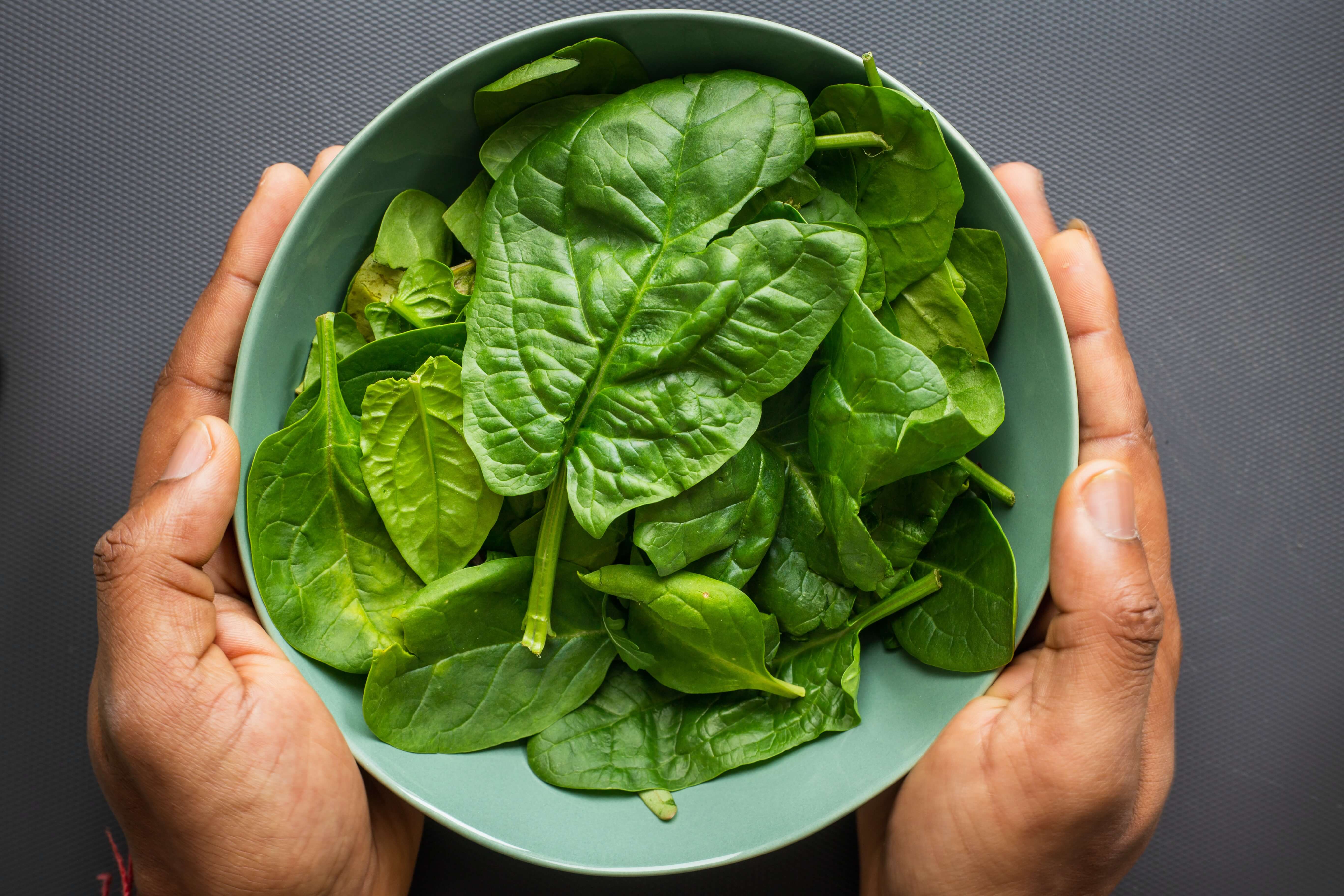
Iron is a mineral that is required in minimal amounts for growth and development and is vital for the proper functioning of hemoglobin, a protein needed to transport oxygen in the blood.
Digestion, Metabolism and Absorption
When you consume iron, it is absorbed by the small intestine. The amount of iron absorbed from the diet is only around 1-2mg per day. Once it has been absorbed, iron is bound to transferrin which is the main protein in the blood that transfers iron throughout the body. Around 2/3 of the iron you consume is combined with hemoglobin, which is a protein in your red blood cells (RBC’s) that carry oxygen to different parts of the body. Once combined with the hemoglobin it helps to develop RBC’s or cells that will eventually create RBC’s. Around 10-15% of the iron you consume is present in muscle fibres called myoglobin as well as in other tissues.
Importance
Iron forms an essential part of hemoglobin which is a protein in your RBC’s that carry oxygen to different parts of the body. Iron also forms part of muscle fibres called myoglobin which also helps to carry oxygen throughout the body. Here iron assists with maintaining healthy connective tissue and supporting optimal muscle metabolism. In addition to these essential functions, iron plays a vital role in:
- Growth and development
- Brain development
- Hormone formation
- Cell functioning
Food sources
Iron found naturally in food has two primary forms, namely heme and nonheme iron. Animal proteins and animal products such as meat and seafood are sources of heme iron, whereas plant-based foods like beans, nuts, soy and fortified grains are sources of nonheme iron. Heme iron is better absorbed in the body than non-heme iron. The efficiency of iron absorption depends on factors like:
- The source of iron
- Gastrointestinal health
- A person's overall iron status
- Presence of Vitamin C in the meal
- Use of medications or supplements
Deficiency, Excess Intake and Supplementation
When we look at nutrient deficiencies, iron deficiency is one of the most common ones. Women are particularly vulnerable to iron deficiency as blood loss during menstruation could be a contributing factor. Many individuals in developing countries, with poor hygiene and sanitation practices, struggle with an iron deficiency as well. This is because the presence of intestinal parasites and other conditions contribute to the development of an iron deficiency.
On the other end of the spectrum, there is iron toxicity (too much iron in the body). The risk for developing iron toxicity is relatively low for healthy adults; however, this risk does increase in children, individuals with poor intestinal function and with the over-supplementation of iron. Taking high doses of iron can result in a variety of uncomfortable symptoms that are exacerbated if these supplements are not taken with food. Over-supplementation of iron can result in nausea, vomiting, and diarrhea. If left untreated, the iron toxicity results in free radical damage that overwhelms the body’s ability to neutralize the oxidative stress by antioxidants.
To find out if you have a higher iron requirement, make the better choice and choose Eatwellgx™.